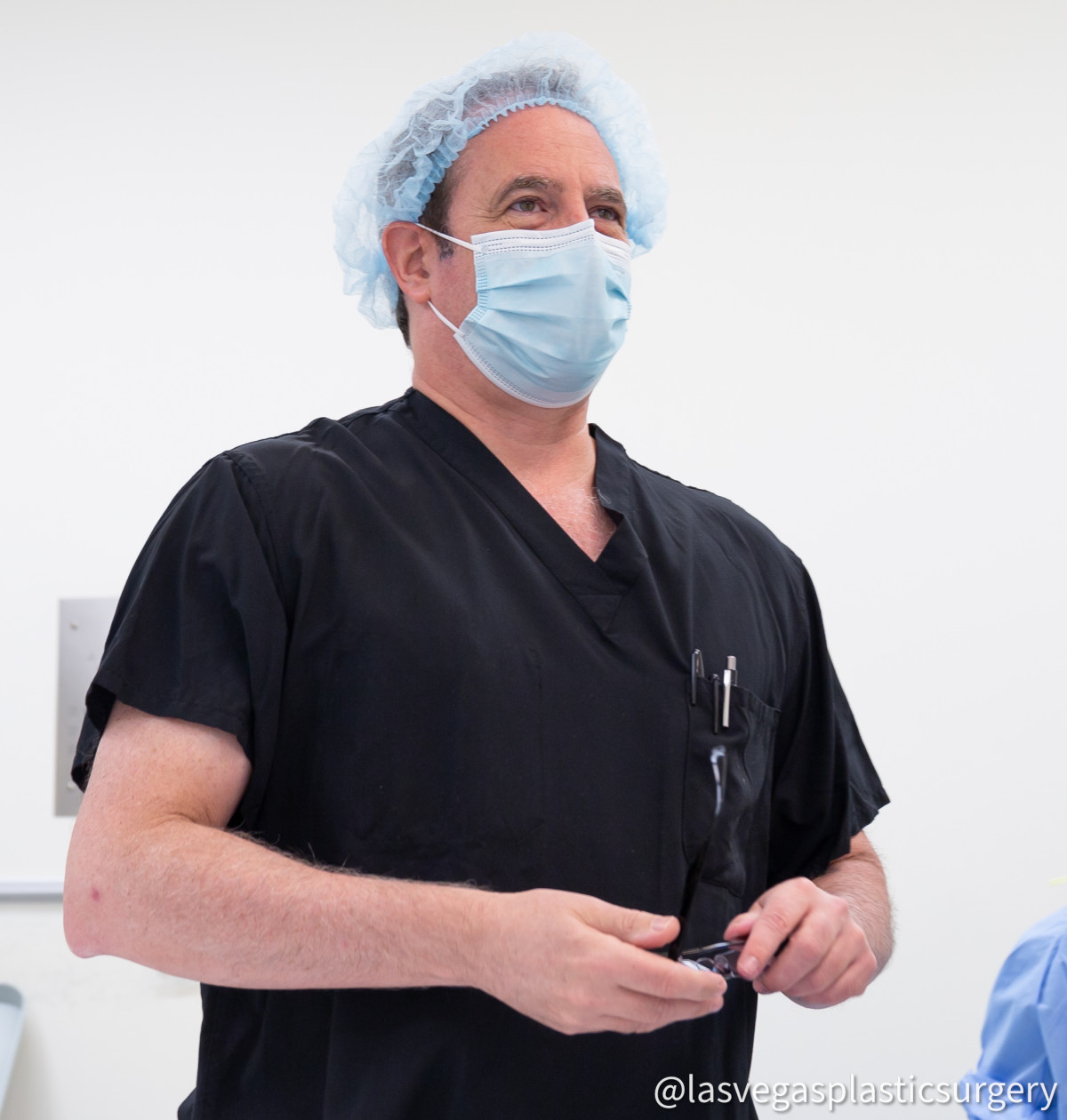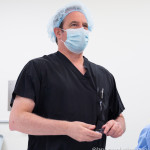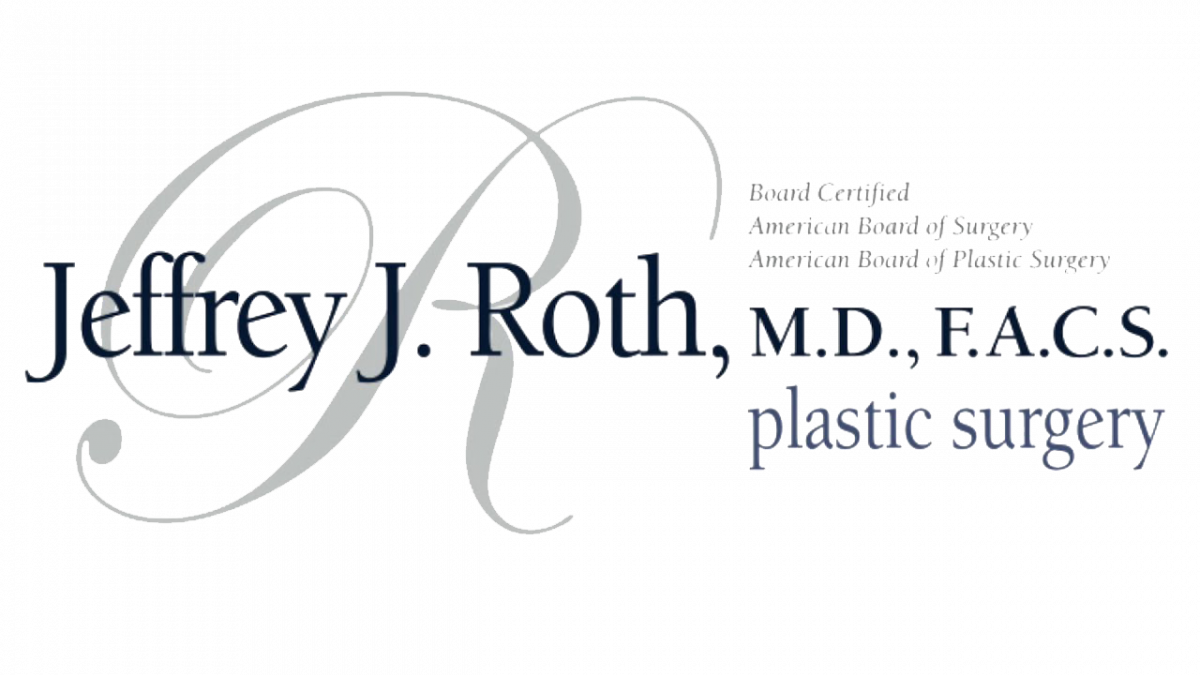The field of cosmetic surgery has seen a tremendous increase in popularity in the past decade, with facial procedures such as facelifts being amongst the most popular. A facelift is an operation that can improve signs of aging and revitalize one’s appearance. As technology advances, so too do the techniques used for performing this procedure.
To understand what constitutes modern techniques for performing a facelift, it is helpful to understand some basic principles behind the procedure. Traditionally, a facelift was performed through incisions made along the hairline and around the ears, allowing access to underlying layers of skin and muscle which would be repositioned into place while excess fat or skin are removed. There are now several variations on this theme – from mini-facelifts to non-invasive treatments like chemical peels – but they all involve making adjustments at various depths beneath the surface of the skin.
Finally, there are new technologies that may help to enhance results even further. novel energy device therapies that may encourage collagen production; and advanced biological scaffolding materials that can support tissue regeneration during recovery time. Each of these new developments promises greater safety, efficacy, and comfort for those undergoing a facelift procedure in today’s medical landscape.
Overview of Facial Plastic Surgery
Facial Plastic Surgery is a broad term used to describe various surgical procedures that are designed to enhance the appearance of facial features. The most common type of facelift procedure, also known as rhytidectomy, typically involves repositioning and tightening underlying muscles and skin on the face and neck while removing excess fat. Facelift Las Vegas from Plastic Surgeon Dr. Jeffrey Roth M.D. may utilize different techniques to achieve desired results such as deep plane facelifts, mini facelifts, or mid-facelifts. Traditional facelifts involve incisions near the ears extending into the hairline.
Today’s facial plastic surgeons have access to advanced technology which allows them to perform minimally invasive procedures with minimal recovery time for patients. For example, some traditional techniques can be modified using smaller incision points along the lower eyelids or inside the mouth to reduce any visible signs of scarring. Additionally, endoscopic technology has increased precision in some cases when performing these types of surgeries.
The goals of modern-day facial plastic surgery revolve around creating more natural appearances through subtle enhancements rather than dramatic changes. Surgeons strive to create balanced proportions throughout all areas affected by a given procedure as well as maintain individual characteristics unique to each patient’s identity. With this approach, facial plastic surgeons are now able to provide aesthetically pleasing outcomes that look both refreshed and age-appropriate.
When it comes to modern Facial Plastic Surgery, social media has had an immense influence on how people view aesthetic enhancement treatments today.
Social Media’s Role in Facial Plastic Surgery
The advancement of technology and the emergence of social media has had an undeniable impact on facial plastic surgery. With increased access to aesthetic treatments, many people are now turning to non-invasive injectable procedures as a way to achieve their desired look. This shift in cultural perspective is evidenced by the number of patients seeking out facial surgery practices that promote these types of treatments. Furthermore, this trend can be seen in the rise of popular hashtags such as #botox or #fillers which have been used thousands of times across various platforms like Instagram and Twitter.

In addition, social media influencers have played an important role in normalizing cosmetic enhancement procedures. As more celebrities embrace plastic surgery techniques and share their experiences online, it further contributes to consumer confidence in the safety and effectiveness of these treatments. Numerous studies suggest that individuals who follow influencers with cosmetic enhancements are more likely to consider undergoing similar procedures themselves.
As a result, people may be increasingly relying on sources outside traditional medical channels for advice about different forms of aesthetic treatments available today. While there is still no substitute for consulting a board-certified plastic surgeon before making any decisions regarding surgical intervention, this growing reliance on social media could potentially lead to greater public awareness and understanding of plastic surgery trends. That said, it is very important to get information from reliable sources.
Benefits Of a Facelift
The benefits of a facelift are vast, with many patients reporting an increase in self-confidence and satisfaction after their facial plastic surgery procedure. Facelifts allow for the tightening of loose skin on the face as well as the neck and jowls, creating a more youthful look. Additionally, some surgeons perform eyelid surgeries or forehead lifts to further enhance results.
There are different techniques available for facelifts. The deep plane, Submuscular Aponeurotic System, (SMAS), High SMAS, and Skin only, all describe different types of facelifts based on what layer of tissue is being moved to affect the desired changes.
The objective is to meet the goals of the patient. Most patients desire natural-looking results that last.
The Benefits of a Facelift Include:
- Improved Appearance
- Tightening of Loose Skin
- Long Term Results
- Natural Look Without Need for Maintenance Treatments
- Self Confidence & Satisfaction Boost
- Increased Self-Esteem After Surgery
Facelifts offer myriad advantages over traditional methods of aging gracefully; however, it is important to consider all available options before making any decisions about undergoing this type of aesthetic procedure. There are several types of facelifts available today.
Facelifts and Other Available Adjunctive Modalities
Facelifts are a type of cosmetic procedure typically used to improve the appearance of facial skin and features. The most common form is a surgical facelift, which involves removing excess skin and tightening underlying muscles to reduce wrinkles and sagging. Las Vegas Plastic surgeon Dr. Jeff Roth may also use other plastic surgery procedures such as dermal fillers or laser resurfacing during the same operation. In addition, there are less invasive procedures available that involve injecting botulinum toxin or using radiofrequency devices to stimulate collagen production without incisions.



